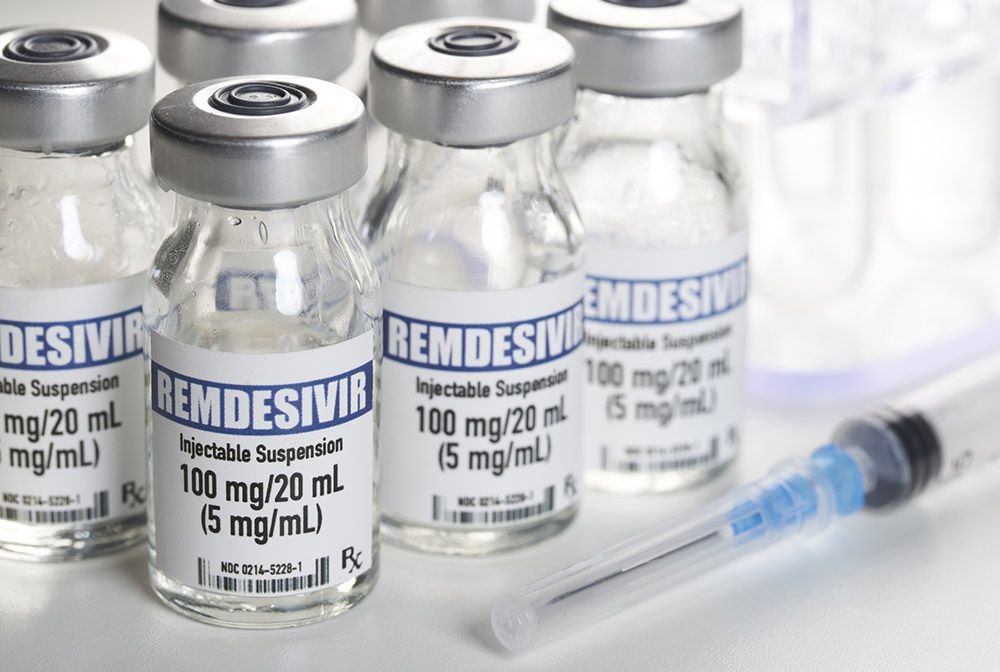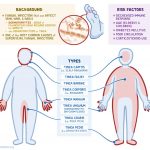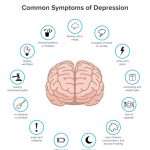
Contents
Remdesivir is an antiviral medication specifically developed to treat coronavirus disease (COVID-19) caused by severe acute respiratory syndrome coronavirus 2 (SARS-CoV-2). This novel drug has been granted Emergency Use Authorization (EUA) in May 2020, and subsequently received FDA approval in October, 2020, making it the first FDA-approved treatment for COVID-19.
SARS-CoV-2, an RNA virus that spreads through respiratory droplets, can have devastating effects on individuals. However, remdesivir effectively inhibits SARS-CoV-2 RNA-dependent RNA polymerase, an enzyme crucial for viral replication. By blocking this enzyme, remdesivir prevents the virus from multiplying, thus halting the progression of the disease.
Important Warnings
- Avoid using remdesivir if you are hypersensitive to the drug or any of its components.
- Hypersensitivity reactions, such as infusion-related and anaphylactic reactions, have been reported. To reduce the risk of these reactions, administer remdesivir at a slower infusion rate (up to 120 minutes) and discontinue immediately if significant reactions occur.
- Elevation of liver enzymes (transaminases) may occur. It is recommended to perform liver tests before initiating therapy and discontinue remdesivir if ALT levels are excessively elevated and accompanied by signs of liver inflammation.
- Avoid co-administration of remdesivir with chloroquine or hydroxychloroquine, as it may diminish the drug’s antiviral activity.
Possible Side Effects
Common side effects of remdesivir include:
- Decreased kidney function
- Increased creatinine levels
- Decreased hemoglobin levels
- Elevated blood glucose levels
- Decreased lymphocyte count
- Prolonged blood clotting time (prothrombin time)
- Increased liver enzyme levels (ALT and AST)
- Nausea
Less common side effects may include:
- Elevated bilirubin levels
- Generalized seizure
- Skin rash
Rare side effects may include hypersensitivity reactions, which could manifest as low blood pressure (hypotension), high blood pressure (hypertension), rapid or slow heart rate, diminished oxygen levels in tissues (hypoxia), fever, shortness of breath (dyspnea), wheezing, swelling of skin and mucous membranes (angioedema), excessive sweating (diaphoresis), shivering, and severe allergic reaction (anaphylaxis).
This list does not encompass all possible side effects or adverse reactions. If you experience any serious side effects or negative reactions, promptly consult your healthcare provider or contact the FDA at 1-800-FDA-1088.
Dosage Guidelines
Injection, Lyophilized Powder for Reconstitution
- 100mg/vial
- Lyophilized powder should be used to prepare the dose for children under 12 years of age or weighing less than 40 kg, based on EUA guidelines.
Injection, Concentrated Solution
- 100mg/20mL (5mg/mL)
For Adults and Pediatric Patients 12 Years or Older:
COVID-19 Treatment:
Remdesivir is indicated for the treatment of COVID-19 in adults and pediatric patients who are 12 years or older, weigh 40 kg or more, and have positive SARS-CoV-2 test results, either requiring hospitalization or at high risk for progression to severe COVID-19.
- Day 1 loading dose: 200 mg intravenous (IV) infused over 30-120 minutes, followed by
- Day 2 and thereafter: 100 mg IV daily
- The treatment duration depends on the patient’s clinical condition:
- If not requiring invasive mechanical ventilation or extracorporeal membrane oxygenation (ECMO): treat for 5 days. If no improvement is observed, the treatment can be extended up to a total of 10 days.
- If invasive mechanical ventilation or ECMO is required: treat for 10 days.
- Initiate remdesivir treatment as soon as possible after symptomatic COVID-19 diagnosis, within 7 days of symptom onset.
- Alternate dosing regimen for patients with eGFR below 30 mL/min or on renal replacement therapy:
- Day 1: 200 mg IV, followed by
- Day 2 and 3: 100 mg IV (total of 3 consecutive days)
- The need for dosage adjustments in patients with hepatic impairment has not been evaluated.
- The appropriate dosage adjustment in patients with renal impairment has not been established.
- For patients with an estimated glomerular filtration rate (eGFR) of 30 mL/min or more, no dosage adjustment is necessary.
- For patients with eGFR below 30 mL/min, the use of remdesivir is not recommended due to the accumulation of an excipient in the concentrated solution that is renally cleared.
- The need for dosage adjustment in patients with hepatic impairment or pediatric patients under 12 years of age has not been evaluated.
Dosing Considerations:
- Comprehensive patient evaluation, including renal function, hepatic laboratory testing, and prothrombin time measurement, should be conducted before initiating remdesivir therapy and throughout treatment as deemed appropriate.
For Children Younger Than 12 Years:
Emergency Use Authorization (EUA) for COVID-19:
Pediatric patients between 3.5 kg and under 40 kg or children under 12 years of age who weigh at least 40 kg and test positive for SARS-CoV-2 are eligible for treatment with remdesivir under EUA. This includes hospitalized patients and non-hospitalized individuals with mild-to-moderate COVID-19 at high risk for severe progression.
- For patients weighing 3.5-40 kg:
- Day 1 loading dose: 5 mg/kg IV infused over 30-120 minutes, followed by
- Day 2 and thereafter: 2.5 mg/kg IV daily
- For patients weighing 40 kg or more:
- Day 1 loading dose: 200 mg IV infused over 30-120 minutes, followed by
- Day 2 and thereafter: 100 mg IV daily
- The treatment duration depends on the patient’s clinical condition:
- If not requiring invasive mechanical ventilation or ECMO: treat for 5 days. If no improvement is observed, the treatment can be extended up to a total of 10 days.
- If invasive mechanical ventilation or ECMO is required: treat for 10 days.
- Initiate remdesivir treatment as soon as possible after symptomatic COVID-19 diagnosis, within 7 days of symptom onset.
- The dosing regimens differ based on the patient’s weight:
- For patients weighing 3.5-40 kg:
- Day 1: 5 mg/kg IV, followed by
- Day 2-3: 2.5 mg/kg IV
- For patients weighing 40 kg or more:
- Day 1: 200 mg IV, followed by
- Day 2-3: 100 mg IV
- Administer the doses for 3 consecutive days.
- The need for dosage adjustment has not been established in pediatric patients with renal impairment and full-term neonates (7-28 days) with serum creatinine levels above 1 mg/dL. Therefore, the use of remdesivir in these populations is not recommended.
- Sulfobutylether-beta-cyclodextrin sodium salt (SBECD) excipient in the concentrated solution is renally cleared and may accumulate in patients with decreased renal function.
- The need for dosage adjustment in pediatric patients with hepatic impairment or in those aged younger than 12 years has not been evaluated.
Dosing Considerations:
- Remdesivir should only be administered in a hospital or healthcare setting capable of providing acute care comparable to inpatient hospital care.
- Lyophilized powder should be used to prepare the dose for children younger than 12 years or those weighing below 40 kg, following EUA guidelines.
- Comprehensive patient evaluation, including renal function, hepatic laboratory testing, and prothrombin time measurement, should be conducted before initiating remdesivir therapy and throughout treatment as deemed appropriate.


